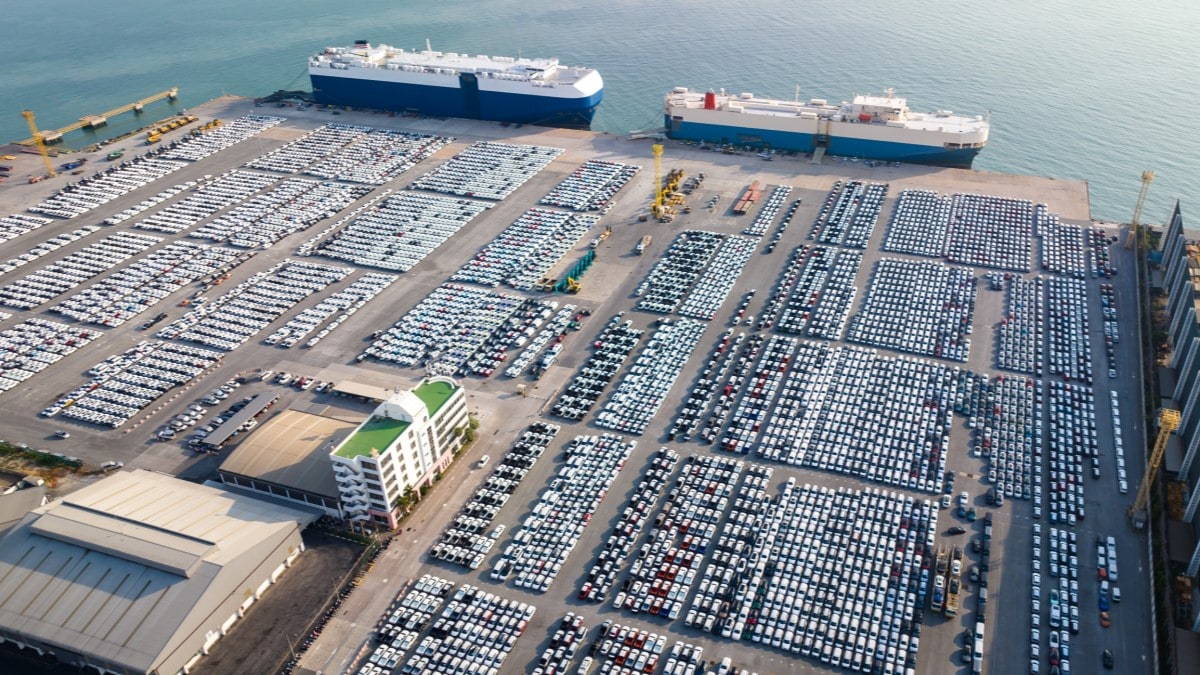
- President Trump on Thursday threatened to raise tariffs on new cars higher than the current 25%
- The president said the move could bring new auto plants to the U.S.
- Automakers make decisions on building new plants on very long time scales
President Trump on Thursday threatened to increase tariffs on new cars higher than the 25% his administration enacted in April.
The president spoke to reporters while signing legislation meant to end California’s ban on new gas cars after 2035.
“I might go up with that tariff in the not-too-distant future,” he said. “The higher you go, the more likely it is they build a plant here.”
The Wall Street Journal notes, “automobile stocks fell early Friday” on the president’s comments.
Some automakers have shifted production plans since the president announced the 25% tariffs, which began in April.
Car and Driver notes, “The latest threat comes roughly a week after the president increased tariffs on foreign aluminum and steel to 50%, further increasing pressure on automakers.”
The comments came after General Motors this week pledged $4 billion in investments to beef up its U.S. production plants.
But that move may have happened without tariffs. Automakers began moving much of their production to the U.S. before Trump’s election to comply with a Biden-era law that created a tax rebate for buyers of electric vehicles built mainly in the U.S. or certain partner countries.
The automotive industry doesn’t move at the speed of politics.
Each presidency lasts just four years, and Trump is already in his last term. Automakers design cars on 7- to 10-year cycles and must enter into contracts with factories and suppliers years in advance of a new design. They build factories projecting the expenses forward across decades. Companies may be unwilling to make significant investments based on policies that change so frequently.

